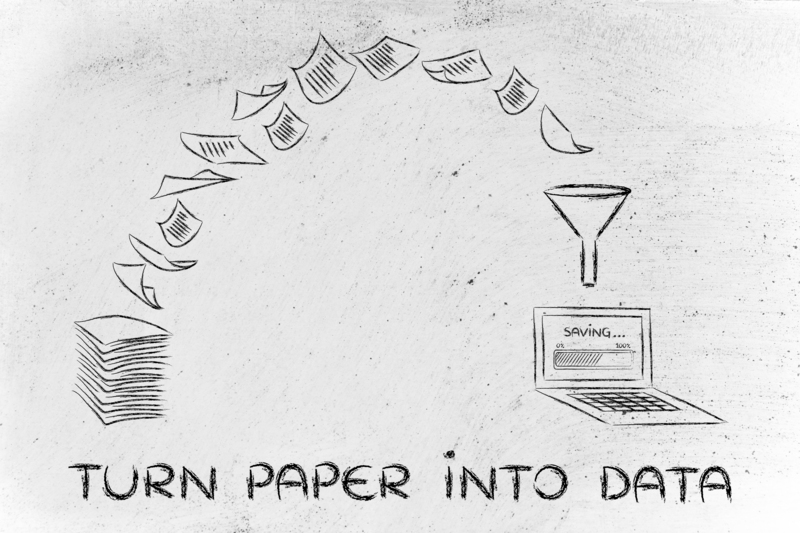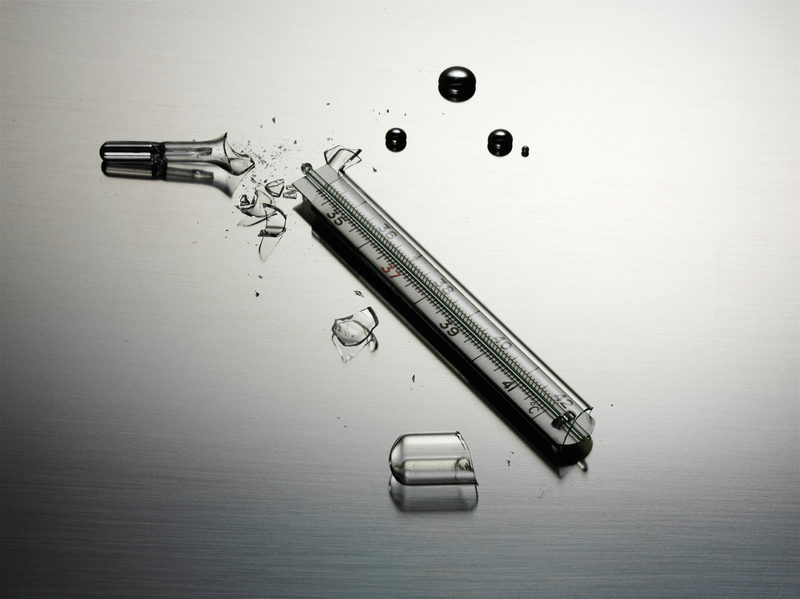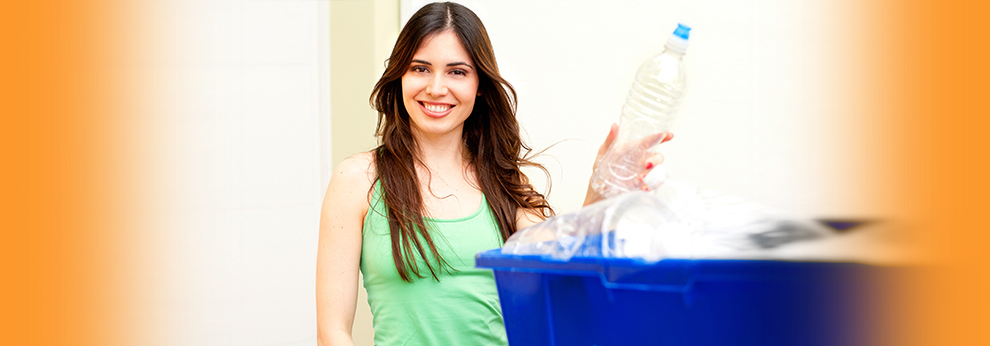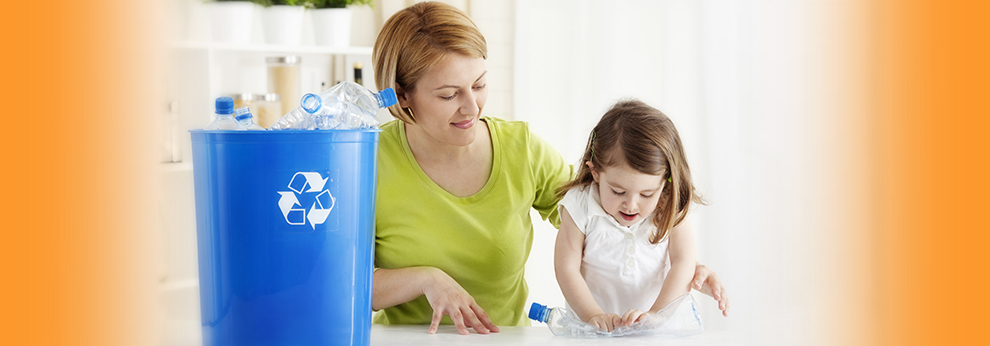Understanding Plastic Dangers: Which Should Not Be Used
Posted on 28/08/2025
Understanding Plastic Dangers: Which Should Not Be Used
Plastics are everywhere in modern life, from packaging foods to crafting toys and building medical devices. Their convenience, durability, and low cost have made them indispensable. However, growing concern over the health and environmental risks associated with certain plastics begs the crucial question: which plastics are dangerous and should not be used? In this comprehensive guide, we'll examine the types of plastics, their hazards, and actionable alternatives, all while understanding the impact on our health and planet.

The Basics: What Are Plastics?
At their core, plastics are synthetic polymers made primarily from petrochemicals. Their versatility arises from the ability to manipulate their molecular structure. This creates a range of properties like flexibility, transparency, and toughness. Plastics are labeled with specific codes known as Resin Identification Numbers (RICs), ranging from 1 to 7, which helps in identifying plastic types and informs how they should be used or recycled.
Common Resin Identification Codes (RICs)
- 1: PET or PETE (Polyethylene Terephthalate)
- 2: HDPE (High-Density Polyethylene)
- 3: PVC (Polyvinyl Chloride)
- 4: LDPE (Low-Density Polyethylene)
- 5: PP (Polypropylene)
- 6: PS (Polystyrene)
- 7: Other (includes polycarbonate, bioplastics, and more)
Why Are Some Plastics Dangerous?
Not all plastics pose the same risks. Certain dangerous plastics release harmful chemicals when used, stored improperly, or disposed of. These potentially hazardous plastics can leach toxins into food, drinks, or the environment, affecting both human health and ecosystems.
- Leaching Hazardous Chemicals: Some plastics release Bisphenol A (BPA), phthalates, dioxins, and styrene, especially under heat or wear.
- Disruption of Endocrine System: These chemicals can mimic or disrupt hormones, leading to developmental, reproductive, neurological, and immune effects.
- Environmental Persistence: Plastics do not biodegrade easily, leading to accumulation in landfills and oceans, impacting wildlife and food chains.
- Release of Microplastics: As plastics break down, they create microplastics that infiltrate water sources, soil, and even the air.
Plastic Types You Should Avoid
Let's delve into the most concerning plastics. The following materials are widely recognized for their significant health and environmental hazards -- these are the plastics you should not use or should try to minimize as much as possible.
1. PVC (Polyvinyl Chloride) -- Code 3
PVC is a common material for plumbing pipes, food wrap, vinyl flooring, and children's toys. Despite its uses, PVC is infused with toxic additives such as phthalates and heavy metals to make it flexible and stable.
- Health Risks: Releases carcinogenic dioxins and endocrine disruptors, especially when heated or incinerated. Associated with cancer, immune suppression, and hormone-related diseases.
- Environmental Risks: Highly persistent; releases chlorine-based toxins into soil and water.
Recommendation: Avoid using any food packaging or children's products made with PVC. Opt for alternatives like glass, silicone, or other safer plastics.
2. PS (Polystyrene) -- Code 6
Polystyrene, commonly known as Styrofoam, is used for takeout containers, disposable cups, packing peanuts, and even some egg cartons. It's brittle, lightweight, and insulating, but highly problematic.
- Health Risks: Leaches styrene, a probable human carcinogen, especially under heat. Linked to nervous system dysfunction and hormone disruption.
- Environmental Risks: Easily fragmented into microplastics, persistent in waterways, and often ingested by marine life.
Recommendation: Avoid food and drink containers made from polystyrene whenever possible. Use paper, biodegradable, or stainless steel alternatives.
3. Polycarbonate and "Other" Plastics -- Code 7
The "Other" plastics category is a catch-all for polycarbonates, bioplastics, and various combinations not included in codes 1-6. These are especially concerning since some may contain BPA (Bisphenol-A).
- Health Risks: BPA is an established endocrine disruptor linked to obesity, infertility, heart disease, and developmental delays in children.
- Environmental Risks: Difficult to recycle, often contaminates recycling streams, and can release toxic byproducts.
Recommendation: Check product labeling for "BPA free" markings, and when in doubt, prefer glass, ceramic, or stainless steel for food contact.
Plastics That Are Generally Safer -- But Use Caution
While not all plastics pose the same level of threat, even "safer" plastics should be used mindfully, especially regarding heat, repeated use, and proper recycling.
- PET or PETE (Code 1): Common in water and soda bottles. Generally safe for single use, but can leach antimony and other chemicals if reused or exposed to heat.
- HDPE (Code 2): Used in milk jugs and some food containers. Considered safe but should not be exposed to intense heat.
- LDPE (Code 4): Used in grocery bags and squeezable bottles. Lower concern but not ideal for hot food or microwaving.
- PP (Polypropylene, Code 5): Used in yogurt cups, baby bottles, and straws. One of the safest plastics for repeated food use, but still questionable if scratched or heavily worn.
How to Identify Unsafe Plastics
To protect your health and reduce environmental impact, learn how to recognize hazardous plastics. Most plastic items have a recycling triangle with a number (1 to 7) stamped on the bottom; this identifies the resin type.
- Look for Code 3 (PVC), Code 6 (PS), and Code 7 (Other).
- If in doubt, avoid plastics with no identification code.
- Avoid plastics labeled as "microwave safe" if they fall into dangerous categories.
- Be wary of older plastic containers, which may predate current safety standards.
Reading Product Labels for Plastic Dangers
Many manufacturers now mark products as "BPA Free" or "Phthalate Free." These labels can help, but are not a guarantee that the product is free from all harmful chemicals. When in doubt, choose alternatives made from glass, stainless steel, or ceramic.
Health Effects of Dangerous Plastics
The health impacts of using unsafe plastics are well-documented and concerning, especially for infants, young children, and pregnant women. Here are some of the most significant health risks:
- Endocrine Disruption: Chemicals like BPA and phthalates interfere with hormone systems, affecting growth, metabolism, and fertility.
- Carcinogenic Potential: Substances such as dioxins and styrene are either known or suspected carcinogens.
- Neurotoxicity: Some compounds leached from plastics can impede brain development and cause neurological issues.
- Immune System Effects: Exposure to hazardous plastics is linked with immune suppression and increased risk of infections.
Population Groups at Higher Risk
- Infants and children: More susceptible to hormone disruption and developmental delays.
- Pregnant women: Fetal exposure can lead to long-term health effects.
- Occupational exposure: Workers in plastic manufacturing or recycling industries face heightened risk from airborne toxins.
The Environmental Toll: Why Dangerous Plastics Harm Our Planet
Understanding which plastics are hazardous isn't just about human health. These plastics have devastating and far-reaching environmental consequences:
- Plastic Pollution: Non-biodegradable plastics accumulate in landfills, rivers, and oceans, causing death and injury to marine life and wildlife.
- Leaching Toxins: As plastics degrade, chemicals migrate into soil and groundwater, contaminating agricultural land and water supplies.
- Air Pollution: Burning or incinerating hazardous plastics like PVC releases toxic dioxins and furans.
- Food Chain Contamination: Microplastics enter the food web, ultimately returning to humans through seafood and crops.
Reducing our reliance on hazardous plastics is one of the most impactful steps we can take toward environmental sustainability.
Safer Alternatives to Hazardous Plastics
Avoiding dangerous plastics doesn't mean sacrificing convenience. A wide range of safe and sustainable alternatives are available for almost every need:
- Glass: Non-reactive, durable, and fully recyclable. Ideal for food storage, beverages, and cookware.
- Stainless steel: Excellent for water bottles, lunchboxes, and kitchen items. Long-lasting and easy to clean.
- Silicone: Flexible, heat-resistant, and suitable for cooking and baby products.
- Ceramics: Non-toxic option for dishes, cups, and containers.
- Paper and Plant-Based Materials: For disposable items, opt for compostable and biodegradable alternatives.
How to Make the Transition
- Prefer bulk packaging to reduce overall plastic use.
- Invest in reusable containers and utensils.
- Avoid microwaving any plastic, even if labeled "microwave safe."
- Encourage schools and workplaces to phase out hazardous plastics.

Frequently Asked Questions about Dangerous Plastics
1. Is all plastic dangerous?
Not all plastics are equal in their risk. HDPE (Code 2), LDPE (Code 4), and PP (Code 5) are considered relatively safer for food use. However, single-use and poorly regulated plastics, or those used in high-heat settings, can still cause harm.
2. Is recycling enough to deal with plastic dangers?
Recycling helps, but not all plastics are recyclable. Dangerous types like PVC and polystyrene are rarely recycled and often contaminate other streams. Reducing usage is more effective.
3. Are "BPA-free" products always safer?
While "BPA-free" products don't contain Bisphenol A, some manufacturers substitute with other similar chemicals like BPS or BPF, which may pose similar risks. Always research brands and consider non-plastic alternatives.
Conclusion: Protecting Your Health and the Planet
Understanding plastic dangers and knowing which plastics not to use is essential for our well-being and environmental stewardship. By avoiding hazardous plastics like PVC, polystyrene, and uncertain "other" blends, and embracing safer alternatives, we can significantly reduce our exposure to harmful chemicals. It's also a crucial step towards minimizing pollution and promoting sustainability.
Your choices matter. By staying informed and choosing safer products, you not only protect yourself and your loved ones but help safeguard the earth for future generations. Say no to dangerous plastics and make a difference today.





